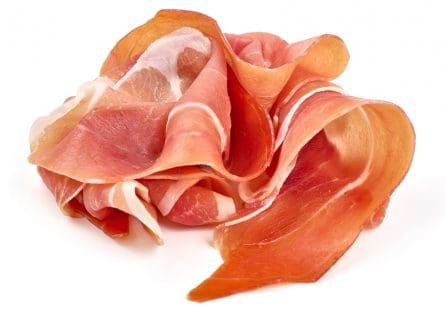
Uncover Italy’s Best Prosciutto: A Guide to Regional Varieties and Flavors
March 6, 2017
Explore Italian Prosciutto's diversity beyond Parma, with unique flavors and textures from regions like Tuscany and San Daniele.
By: Genevieve Mc Carthy / Last updated: February 5, 2025
Get the most out of your Italian food experience with our extensive A-Z list of Italian food. We have compiled this list of Italian food words so that even non-Italian speakers can enjoy reading menus and ingredients, further enhancing your Italian food discovery.
Distinguish “Cannella” (cinnamon) from “Cannellini” (white beans) and recognize that “fame” means hunger, not that the waiter thinks you are famous. We very much hope these Italian food names help you enjoy the delicious and varied Italian cuisine, Buon appetito!
If you would like us to customize an exclusive luxury tour, contact us and let us know your travel plans. We offer luxury food and wine tours for private groups of a mininium two guests. In addition, all of our private, chauffeured tours are available year-round upon request.


Nolasays:
May 14, 2020 at 1:40 am
Just pointing it out that CAMIERIERE is not food as the definition says
Nolasays:
May 14, 2020 at 12:53 am
this helped me a lot
Nolasays:
May 14, 2020 at 12:47 am
this website is soooo good! it helped me so much for my italian studies
Des Mc Carthysays:
January 21, 2019 at 12:14 pm
Many thanks, Kev. That is fixed now.
Kevsays:
January 21, 2019 at 11:05 am
Cold cuts, not cold cuds
Italian guysays:
October 30, 2018 at 1:53 pm
Not much of the food is up there... Etc u don’t have tortellini
Rick Pierchalskisays:
December 14, 2017 at 6:08 pm
Now i have to memorize